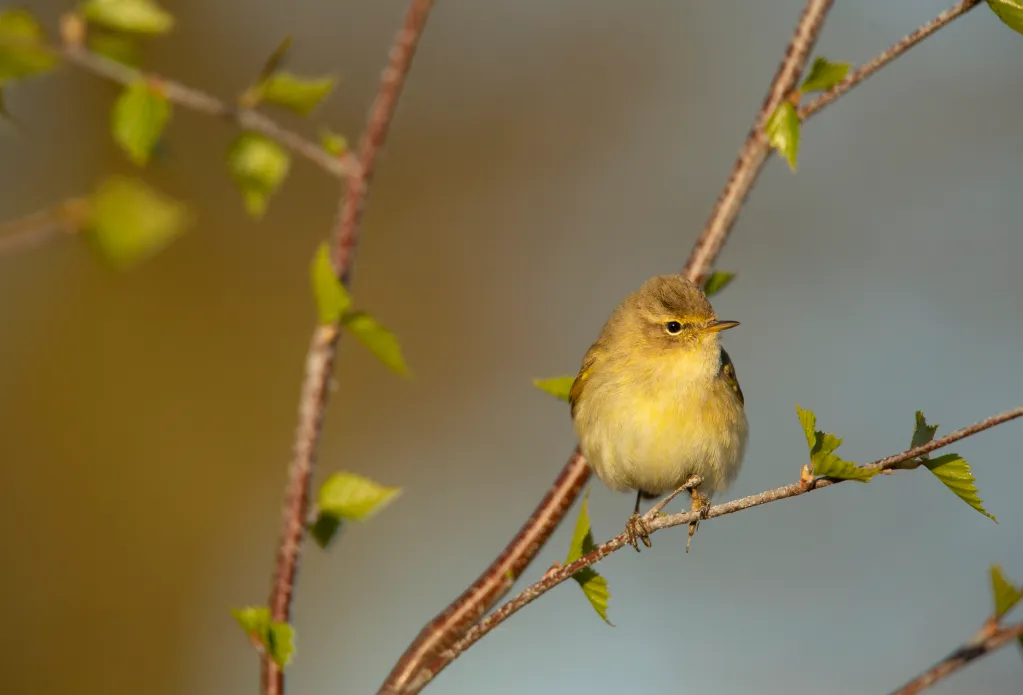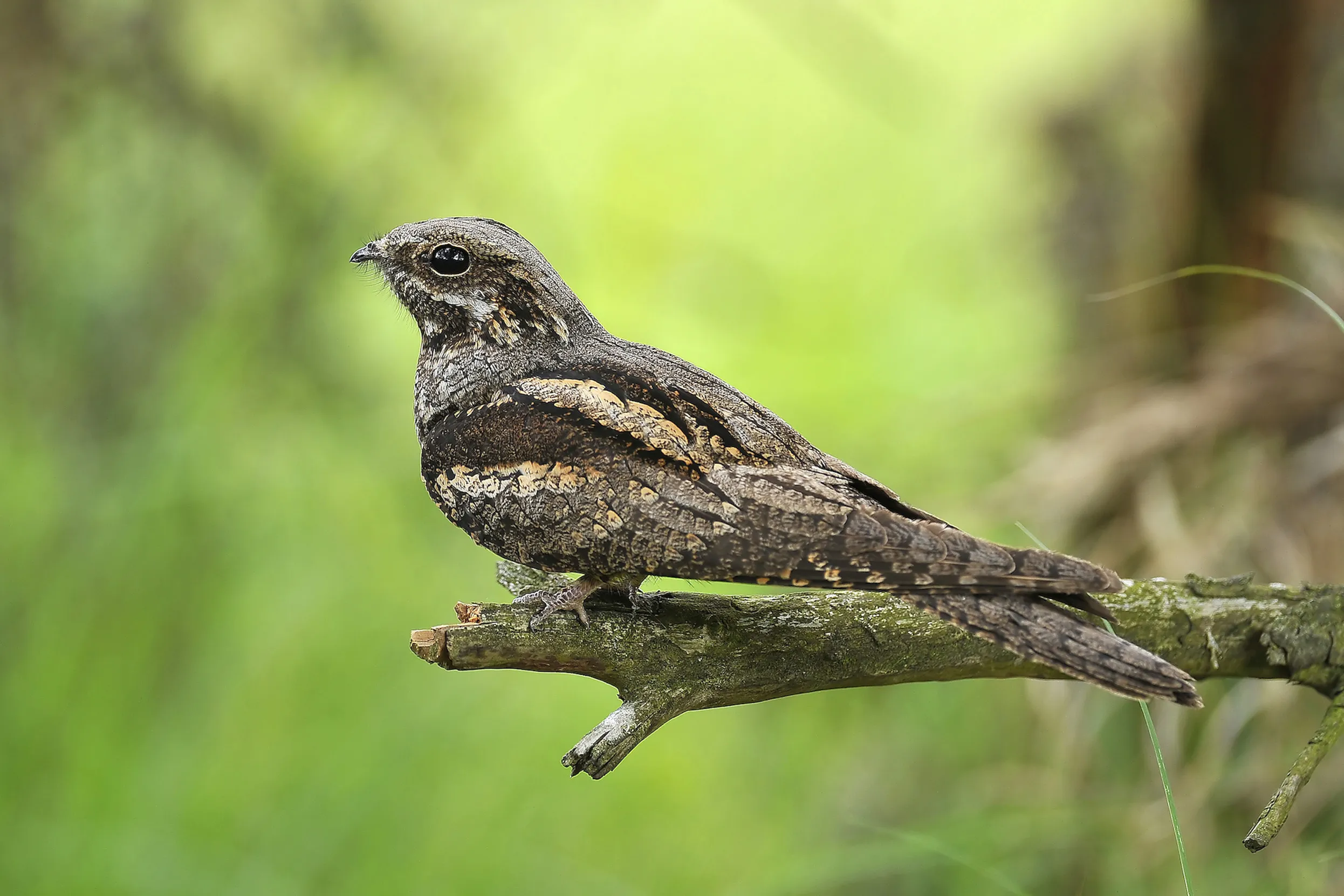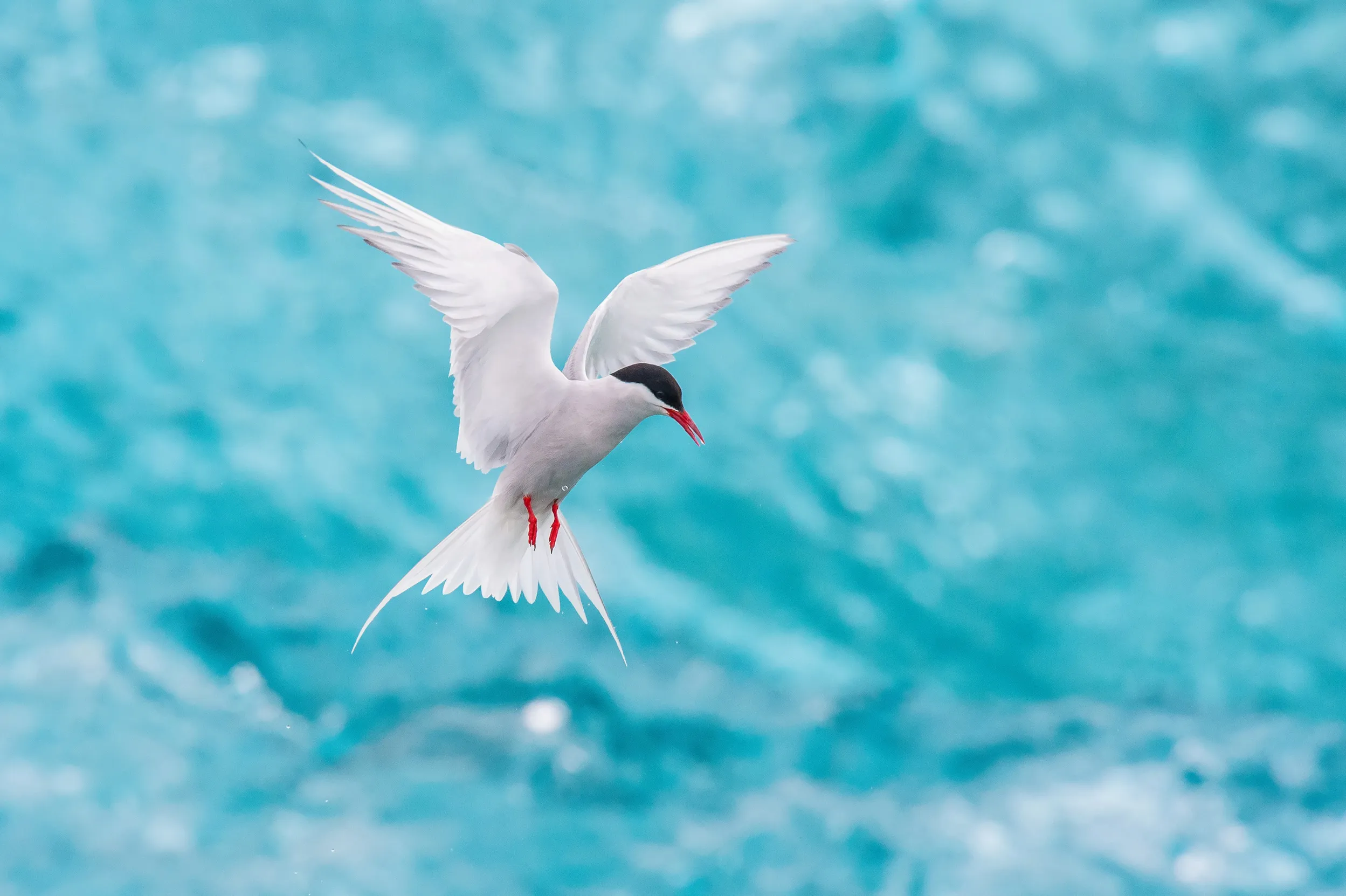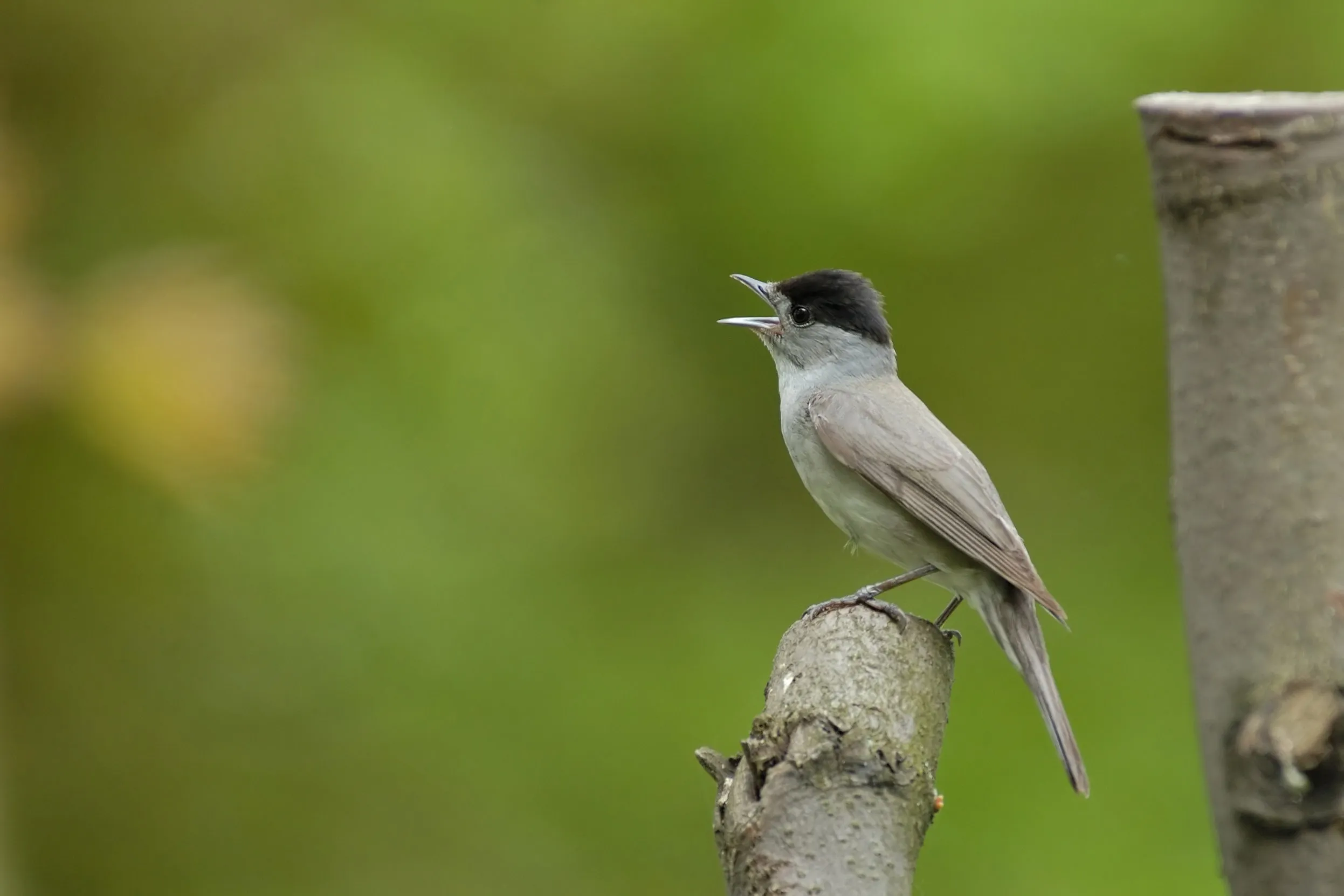Which birds return first in Spring?
Migration is one of the wonders of the natural world. Here's your guide to what birds to expect when.

On this page
The spring migration sees some birds fly thousands of miles over seas, mountains and deserts to be with us, in what is one of nature’s most incredible shows of stamina. But which birds arrive here first, who travels the longest and who takes their time?
Arrivals Board
Check our our “Arrivals Board” to see when many of the migrant birds return. The timings described below are typical arrival and departure times and reflect the main migration period for each species. Some birds may arrive earlier and leave later than expected!

Why birds come to the UK in spring
In the simplest terms, it is because this is the best place to raise their young. In spring and summer, our days are cooler but longer than those in Sub-Saharan Africa, where many of the birds come from. This means they can spend longer hunting for the food needed for their family to grow. There is also less competition and fewer predators than in Africa – making the UK a safer nursery to raise their young.
The first to arrive
The UK is big place, which means the south generally sees our summer visitors returning first before they gradually appear further and further north. But some species are generally keener to get here than others, with climate change meaning we are seeing some earlier than ever before.
The Wheatear, or ‘white arse’ as it was known in old English, is one of the first, with more and more arriving in March. It does indeed have a white behind but the male also has a glowing orange chest and black and white eye stripes. They can be spotted almost anywhere in the UK as they travel to their uplands breeding grounds.
Sand Martins are usually not far behind, heading to our sandy riverbanks, coastal cliffs and quarries to raise their young. Chiffchaffs, also return to our shores in early March, where they join others of their kind who increasingly spending the winter with us.
Swallows, one of the real signs of spring to many, start to soar overhead from early March. Originally cave dwellers, they now are more commonly found in barns, stables or sheds with access to fly in and out.

The last to arrive
While some rush to get here, others take their time. The Nightjar is usually one of the last, arriving in May. Once here, they do their best to pretend they’re not, using their amazing camouflage to almost vanish against the ground where they nest. The best way to spot these nocturnal birds is a walk at dawn or dusk through heathlands, moorlands and open woodlands. You know you’re in the right spot if you hear an unearthly whirring sound – this is the males’ call - not a terrifying mythical beast of the night.
Spotted Flycatchers are also late to the party, but easier to see if you know where to look. The small brown bird likes churchyards, cemeteries and mature parks where they find a perch to scan the surroundings. When a fly is spotted close by, they dart out and try to catch it in mid-air, before returning to the same spot.
Swifts are also one of the later arrivals, returning to our skies in May. They stay only long enough to raise their young, before heading back south, through France and Spain to southern Africa. Another late arrival is the Arctic Tern, which is understandable considering the journey they have…

The longest trip
Which brings us nicely onto the longest trip. There is one clear winner here – the Arctic Tern – which literally travels from the other side of the world to be with us. It travels up from the Antarctic in late April and May, mainly to the north and west coasts of the UK. It then breeds before leaving between August and September, heading in the opposite direction – a round trip of around 22,000 miles. Some though like to wander, with one ringed bird travelling from Wales to Australia – a journey of 12,500 miles - in just six months!

The shortest trip
While many of our spring arrivals fly thousands of miles from Sub-Saharan Africa, not all of them do. Some head to countries around the Mediterranean and only return when the weather warms, like jet setting Brits, just without the duty free. One example is the Blackcap, with the majority spending our winter in southern Europe and north Africa, although they can now be seen in the UK all year round. Some of the Chiffchaffs we see returning do the same, but again many more of them are staying in the UK all winter. This is especially true in the south west where they can even be heard singing on a sunny mid-winter's day.
Don’t be fooled though if you see a Lesser Whitethroat making a very early appearance. These visitors usually begin to return to the UK in April, but in the winter months they’re occasionally spotted here. DNA evidence shows us that these birds are in fact from Russia, not our usual summer visitors, sheltering in the UK from the colder weather.

Which birds return first in Spring?
The Cuckoo wins this, with the male sometimes spending as little as six weeks here before heading back to tropical Africa. Both the male and the female have little reason to hang around once they have mated and the female has dropped their egg into someone else’s nest.
Summer wouldn’t be the same without these brilliant birds soaring overhead and serenading us with their song. But less and less of them are returning each year, with Cuckoos, Turtle Doves and Spotted Flycatchers all in real decline. Swifts and House Martins, which choose to live so closely alongside us, have also recently joined the red list of globally threatened birds.
The reasons are plentiful and some are specific to each type of bird, but it is clear climate change and habitat loss are both playing a part.
You can help us monitor Swifts by letting us know where you see a nest. Or you can put up a nest box for summer arrivals such as Swifts, House Martins and Spotted Flycatchers – check out our guide to building swift boxes.